
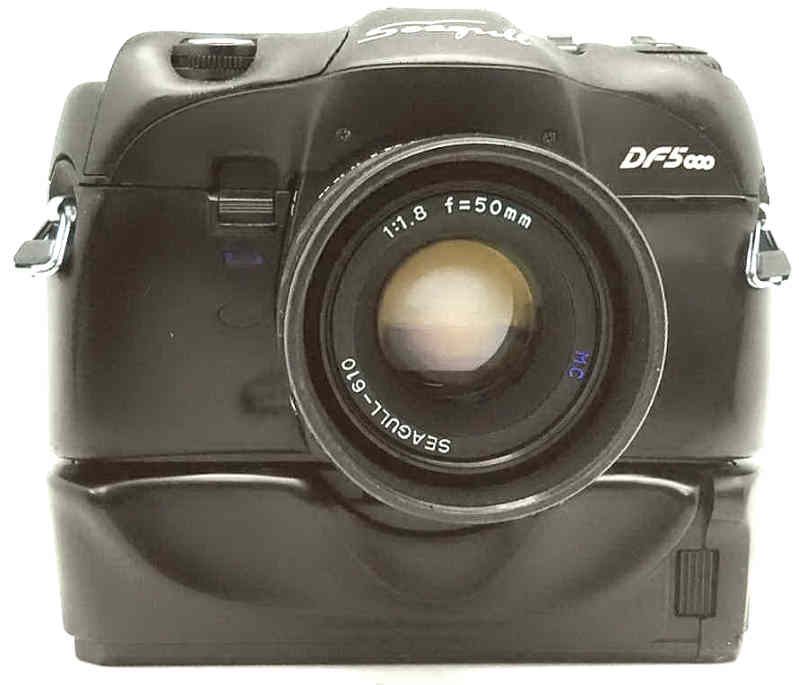
SEAGULL


The most commonly seen Chinese-made SLR cameras with a Minolta lens mount were made by Seagull, but not all of these were labeled as "Seagull", which leads to some confusion. There were many different Minolta-SLR-type cameras that were labeled as "Seagull", and to make things more confusing, some of these individual models changed over time -- even though there name/designation did not. Most Seagull cameras were only sold in China, but some were marketed in many other countries as well (often with names other than Seagull) -- see Centon, Vivitar, Soligor, Zenit, etc. And some cameras were marketed in China and other countries at the same time. And, of course, some of the cameras that were only marketed in China managed to "escape", and ended up in other countries. To make matters more complicated, some cameras (and lenses) that are actually labeled "Minolta" were really made by Seagull. These are frequently, but not always, marked as "Made in China".
After the advent of auto-focusing cameras, Minolta, for a short time, moved the production of manual-focusing SLR cameras to Malaysia, and then eventually to China and the Seagull factories. You can tell if your genuine Minolta camera was made by Seagull because the camera will likely be marked "Made in China" on the bottom. This applies especially to the Minolta X-370, X-300, X-7A, X-370n, X-370s, X-9, X-300s, X-700, and possibly other X cameras -- but not the XE, XG, XD, XM or XK cameras.
As you can see from the lists below, there seems to be an endless number of Seagull cameras that used the Minolta Rokkor lens mount. Some of these cameras were identical to a particular Minolta model. Most of these cameras are different -- in appearance and features -- but many are identical except for one feature, such as having (or not having) a cable release socket, a sensa-switch, or accepting an auto-winder. Some of these cameras are very different from anything that Minolta ever sold -- but their genesis was a Minolta camera. So the Seagull cameras can be very confusing. To make matters worse, there is a LOT of incorrect information on the WEB. Some of it is simply due to typographic errors, such as listing a Seagull DF-3000 instead of a DF-300. Other times it is pure speculation -- or hearsay information -- and should be taken with a grain of salt. Sometimes it's just sloppiness, and not doing thorough research. And some of it can just be chalked up to poor memory -- or too much cheap wine.
Almost all of Seagull's 35mm SLR cameras were designated "DF" -- an abbreviation for "DanFan" which in Chinese means "SLR". And nearly all of Seagull's 35mm SLR cameras were produced with a Minolta Rokkor "SR" lens mount. There were at least a couple of exceptions, such as the Seagull K-2000 and K-200A which used the Pentax K mount. Here is the Seagull K-200A:
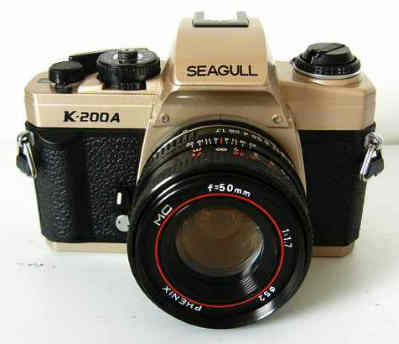
It was exactly the same as the Seagull DF-200A, but with a Pentax K lens mount. There are many mysteries in the world of Seagull, but these pages with help straighten out some of the confusion.
The very early Seagull models were NOT made on the high-quality, Minolta-supervised, production lines, and have been known to suffer from various problems. But even the later Minolta-supervised, and still later, Seagull-only-supervised, models can have problems, such as inexpensive Chinese capacitors that "dry up" (AKA, die) before you would expect. In short, there is no "best" Seagull SLR. It depends on your interests and needs, as well as a bit of luck.
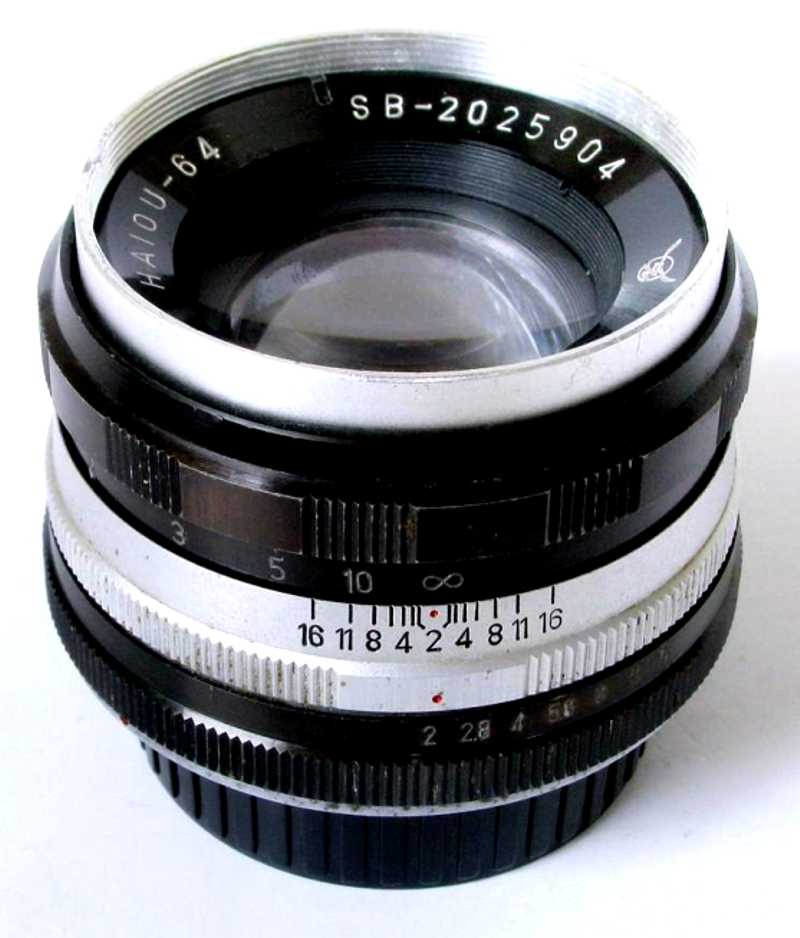
Additional focal lengths were added over time, with the same general "Nikon" appearance. They were all labeled "HAIOU" (pronounced HIGH-O, of the Lone Ranger fame) on the face-plate, sometimes with the Seagull icon, and most often followed by a number, such as "64" for the 58mm f2 and "67" for the 35mm f2.8.
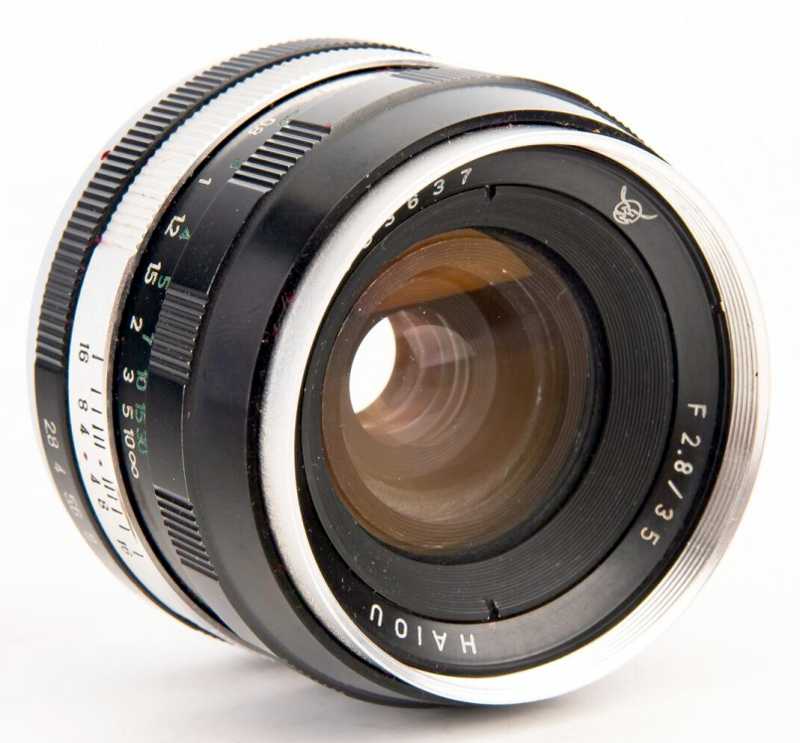
The first noticeable change to the lenses was a move away from the two-tone Nikon look, in the 1970's, to a more, all-black Rokkor appearance with a rubberized focusing grip -- instead of black, ribbed metal. Some of the optics of the lenses may have changed, and additional focal lengths were added.
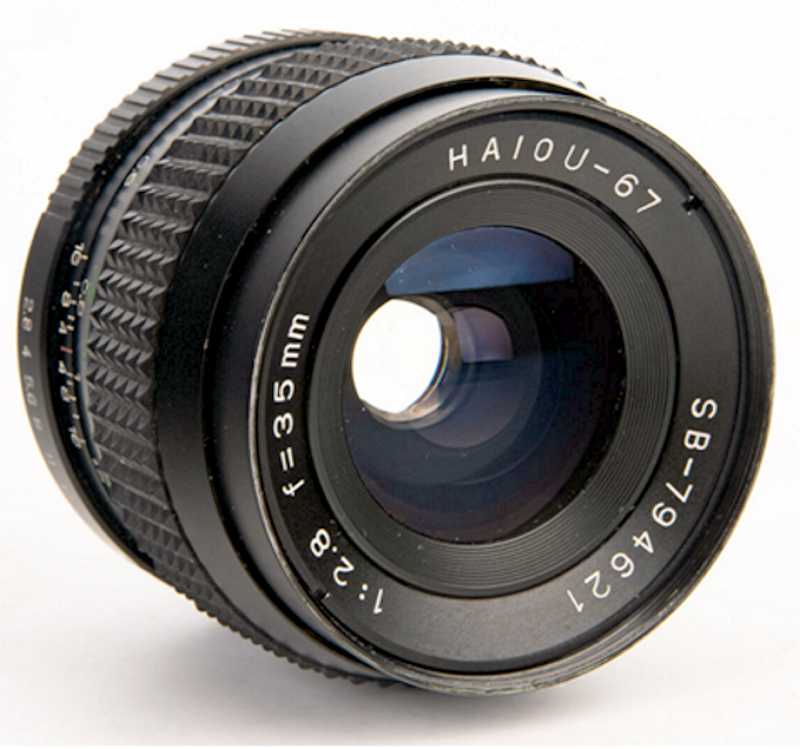
When Minolta eventually stopped their lens production in China, Seagull simply continued the lens production with the most popular Minolta lenses -- under a Seagull label -- and added some new lenses of their own.
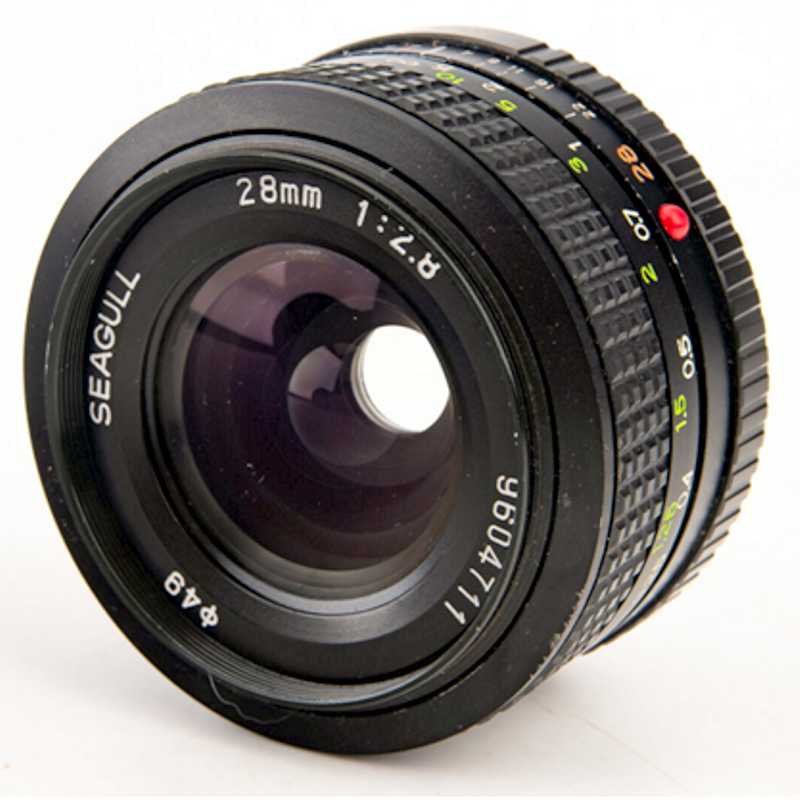
Seagull made certain changes to some of Minolta's lenses that they produced. Most noticeable were cosmetics that suggested that the lenses were auto-focusing, when in fact they were not.
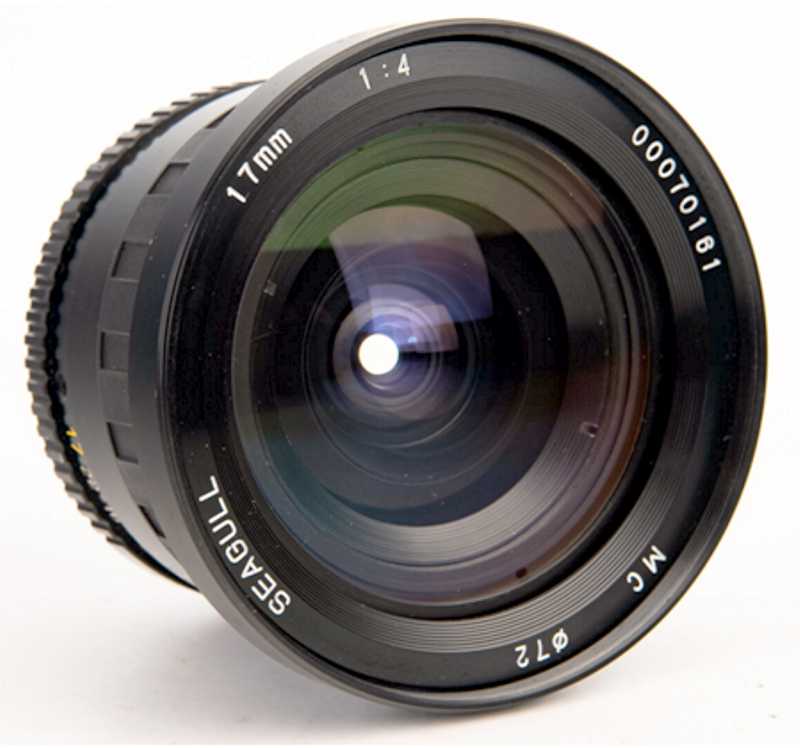
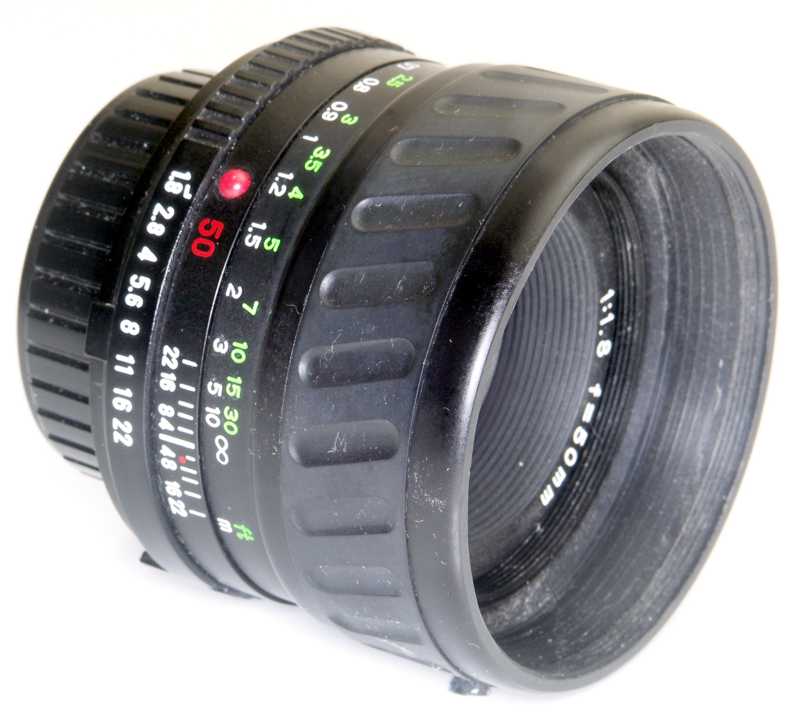
Seagull also added many new zoom lenses to their line-up of manual-focusing lenses with a Minolta SR lens mount. Many of these were sold under other brand names, such as Centon and Phoenix -- and some were offered with lens mounts other than Minolta, and incorporated auto-focusing.
Pick your poison: